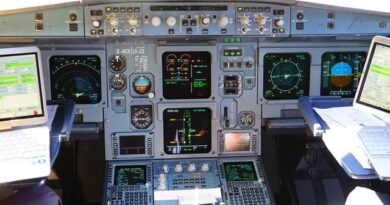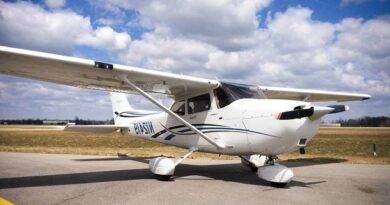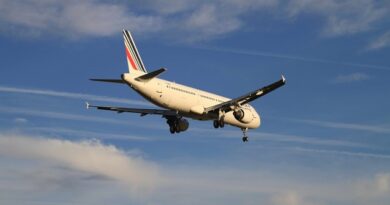Fuel Consumption, A350-1000 vs VW passat 1.8tsi
In this article, we are going to compare the fuel consumption of an A350-1000 passenger plane and a VW Passat 1.8 tsi for same distances. And in the final line you will see that unlike general prejudice, planes are more efficient in terms of fuel consumption than cars under some circumstances.
Before start I must indicate that fuel consumption is one of the main research and development issue of manufacturer companies. One major topic for a new model of the aircraft is its fuel efficiency when compared with older versions. You may reach Boeing B747-8 fuel efficiency data when compared with B747-4 and A380 click.
When it comes to carbon footprint of fuel consumption, the efforts and innovations on that subject are valuable and essential for sustainability.
A350-1000 fuel consumption
Let’s continue with the amount of fuel per passenger for A350-1000. First off all, it is a very complicated calculation for a plane. There are many factors that affect this consumption issue. We all know that during takeoff movement fuel consumption increases drastically. Moreover, meteorological conditions, taxi time, passenger or cargo load, departure and approach procedures, possible holding turns, ATM related route, level changes and etc. are the other factors that have effect in the fuel consumption of an airplane.
Further on there can be an estimation of fuel consumption of a flight. There is an article related with subject(Burzlaff, 2017) which we highly recommend you to read. From the article we will use the data of fuel consumption of an A350-1000, flight from Hong-Kong to Frankfurt. The total distance of this flight is 9166km means approximately 5695 miles. The total amount of fuel used for this trip is 91796 kg (on 15 degrees’ weather condition, density of jetA1 is between 0.77kg/lt – 0.84kg/lt). Let’s calculate with the assumption of 1kg jet fuel is equal to 1.25lt (density 0.80) with a simple math 91.796kg of fuel means 114.745lt. According to Airbus website the passenger capacity of A350-1000 varies between 350 and 410.
To sum up, with around 400 passengers an A350-1000 plane from Hong-Kong to Frankfurt (5695 NM) burns 114.745 liters of jet fuel. Again with a simple calculation 114.745 lt / 380 pax = 301.96 liters. That means the plane burns 301.96 liters of fuel for passenger for whole trip.
The whole trip took around 5695 miles and finally 301.96 lt / 5695 = 0.053 lt (amount of fuel of that flight per passenger per mile). Finally, this trip approximately used 5.3 lt of jet fuel per passenger for 100 miles.
VW passat fuel consumption
Let’s continue with the VW Passat side. According to the factory data VW Passat 1.8 TSI engine has 6.6 lt / 100km mixed consumption rates. In general, for cars, the factory data is calculated under simulated conditions and usually does not match between the real user values. According to motoreu.com from the user data the consumption of VW Passat 1.8 TSI has 9.6 lt per 100km consumption values.
To compare the data, we must calculate the consumption of Passat per 100 miles as we did for A350-1000. And again with a simple math VW Passat has 15.44 lt consumption per 100 miles.
Finally let’s assume that two people travels with Passat and that means 15.44 / 2 = 7.92 lt per passenger for 100 miles.
As you see Passat has more than %50 percent consumption per passenger/traveler when we compared with A350-1000. In addition, you have a chance to travel faster with an A350-1000 and there are at least 102 VW Passat cars are needed to carry same amount of passenger.
To conclude, as you see under some possible conditions travelling with plane can be more efficient than travelling by cars. But when we see the carbon footprint of travelling for both methods it is fair to say that there are more to do and they are both seriously harmful for the nature.


